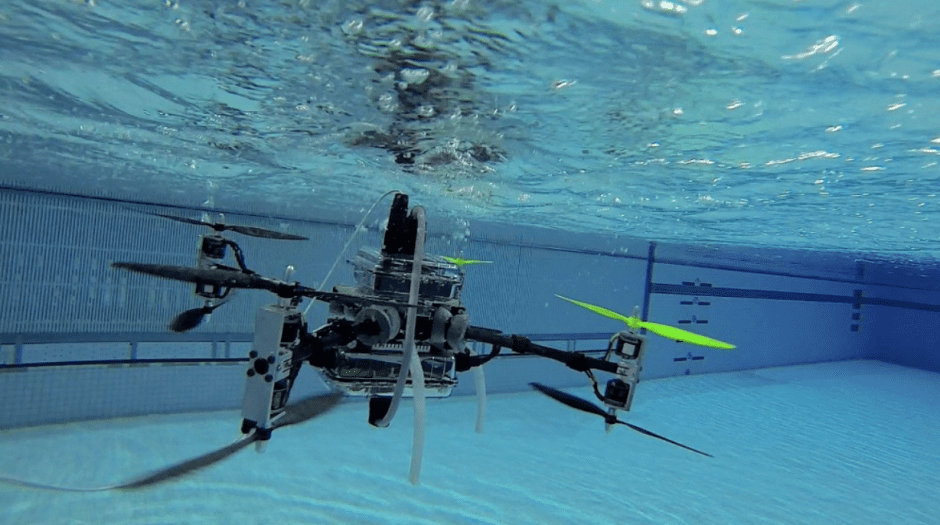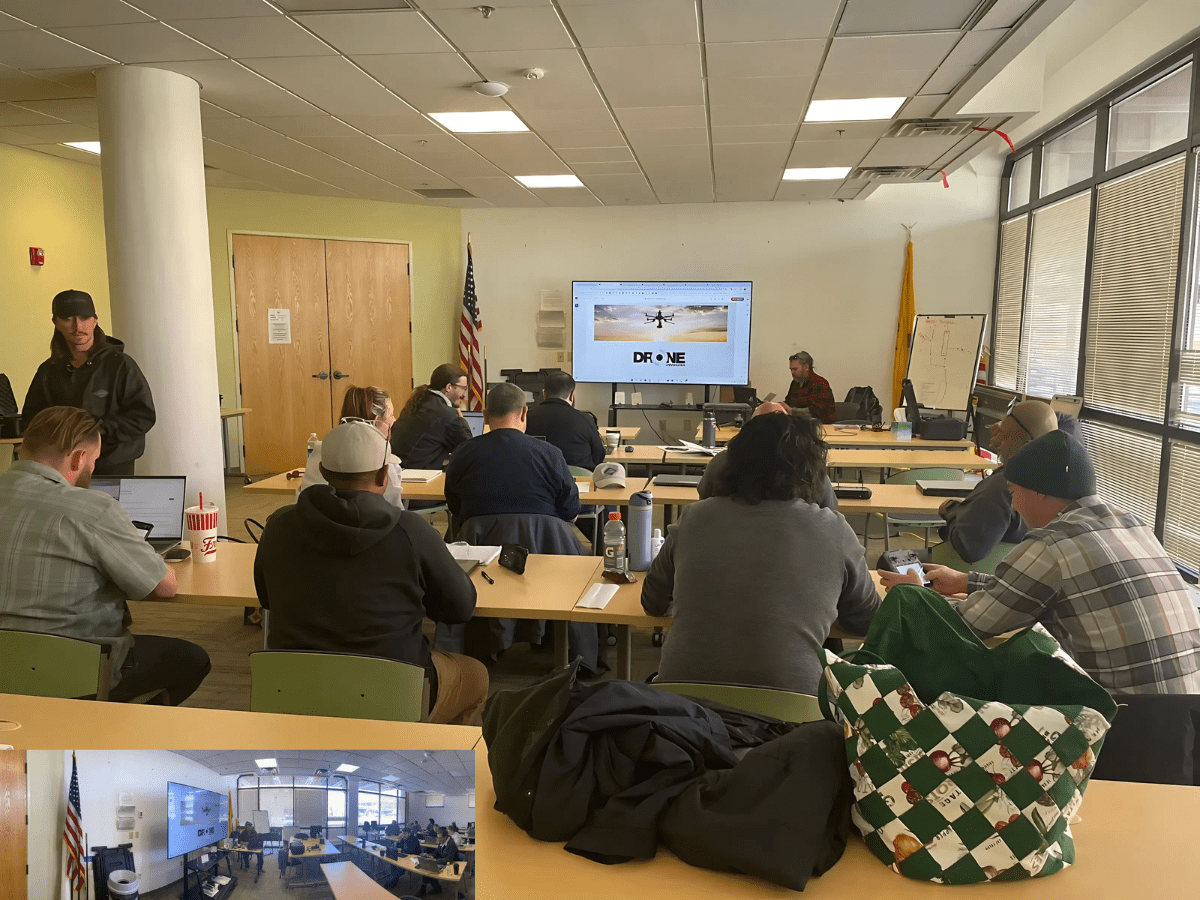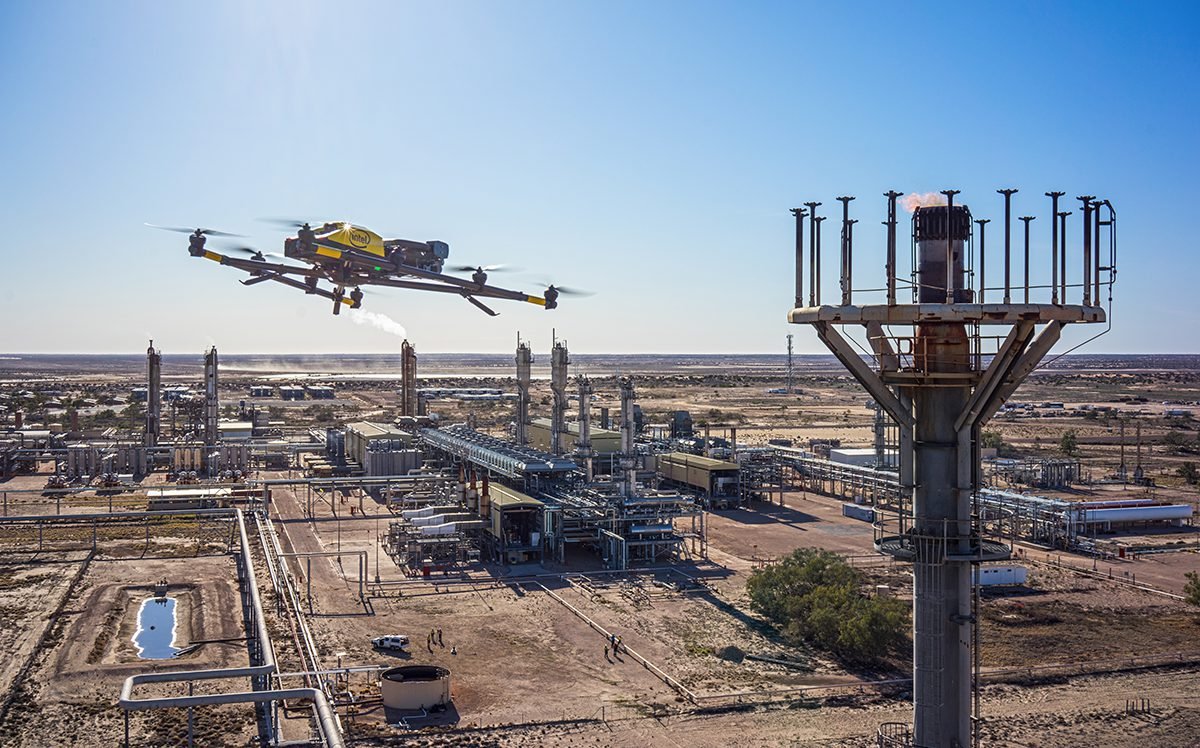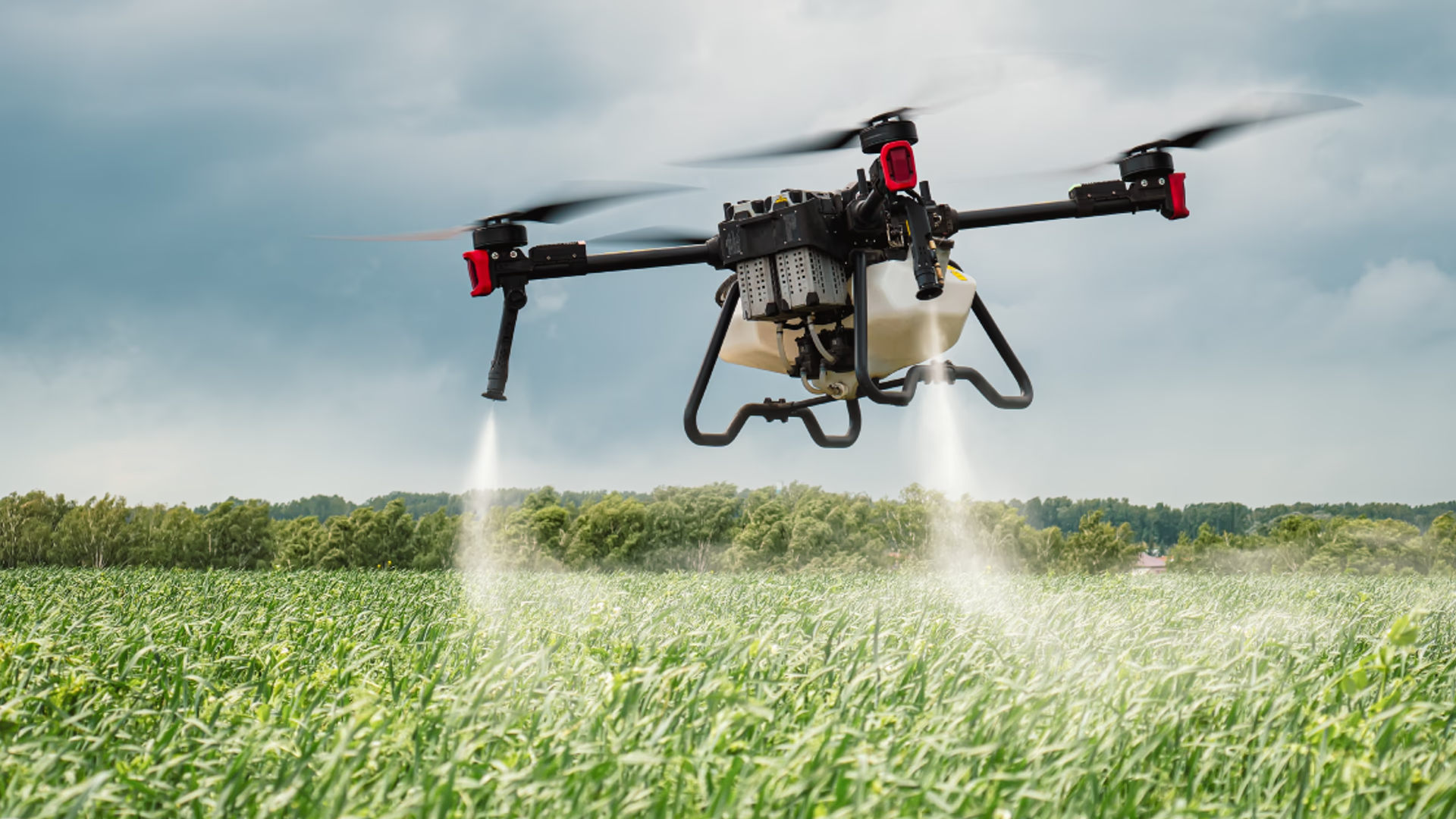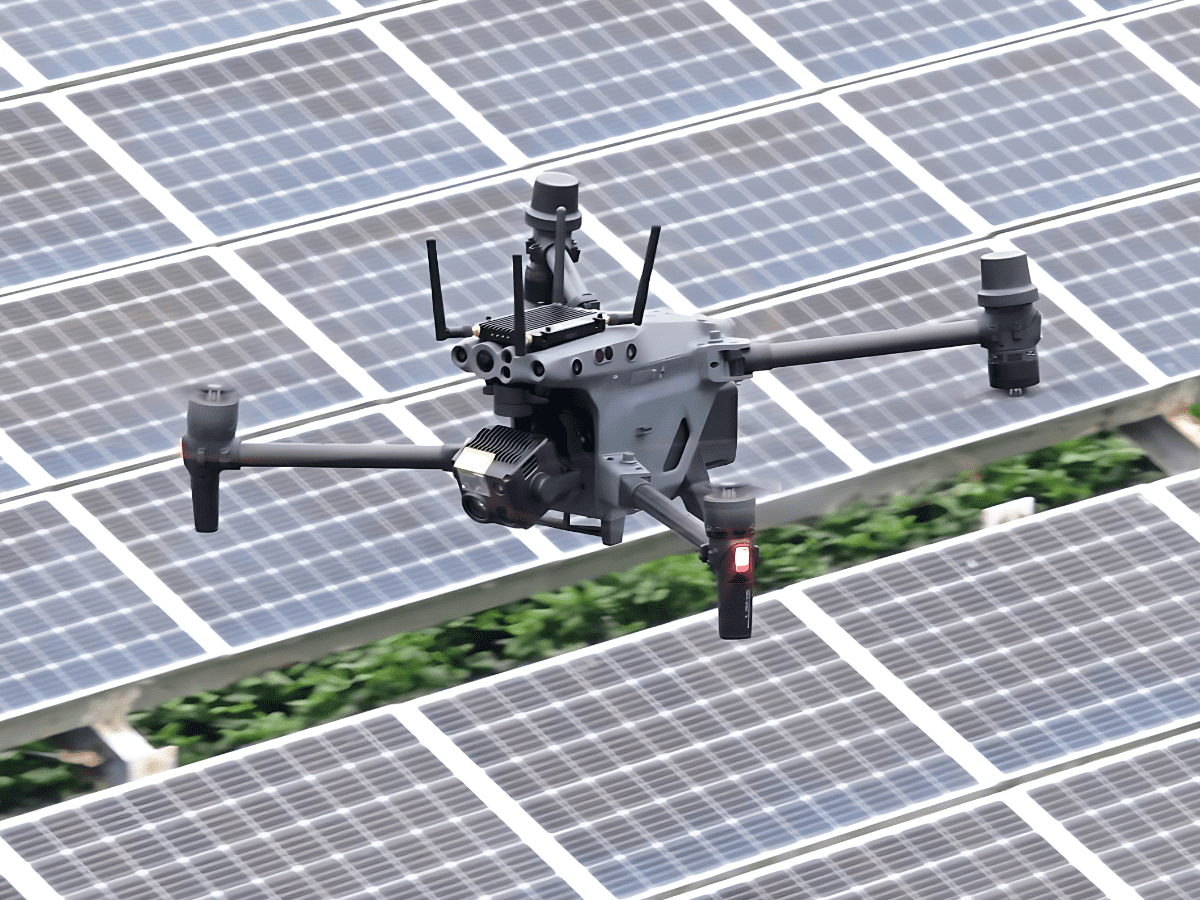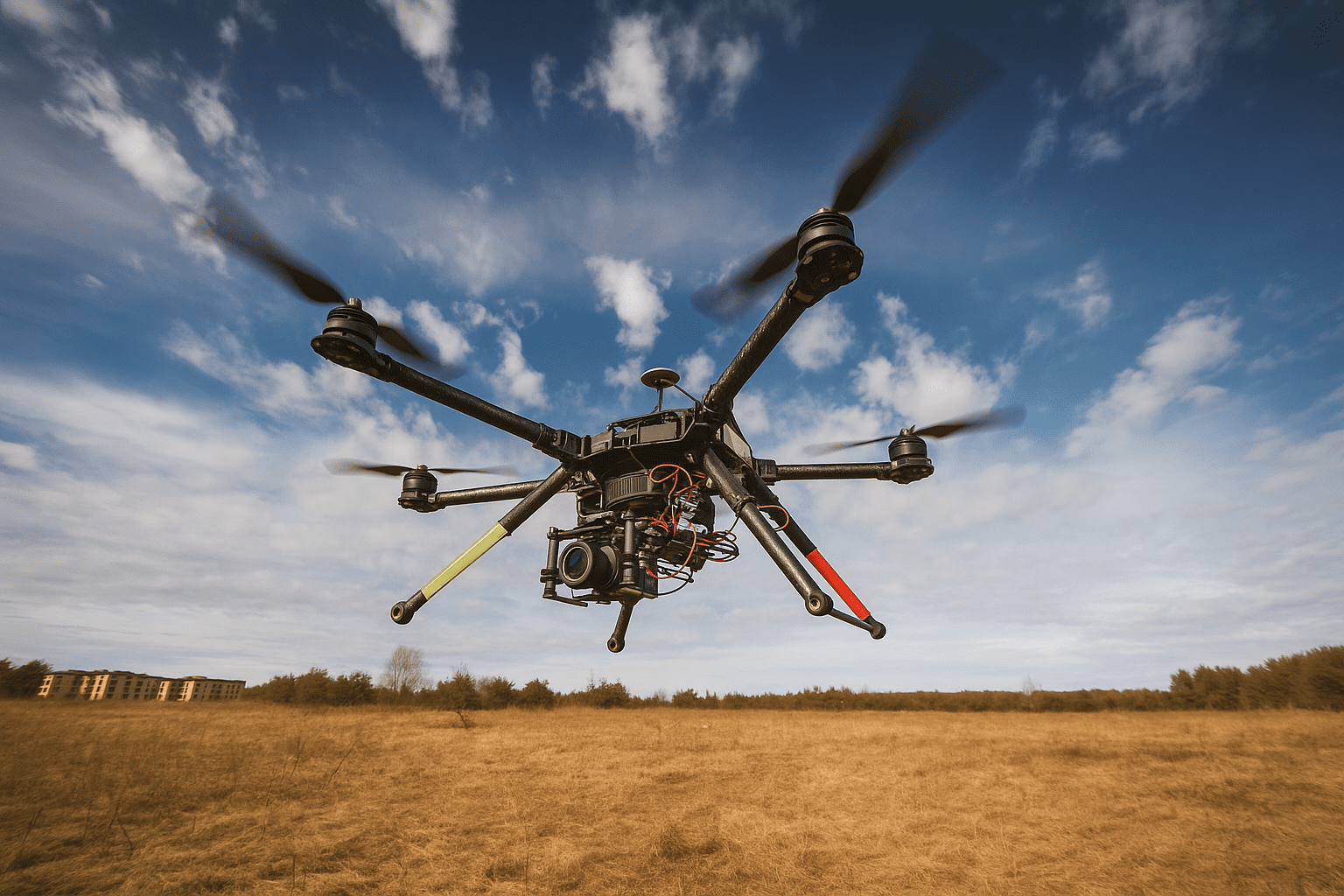Solar farms are expanding rapidly worldwide as the demand for clean, renewable energy grows. But maintaining thousands—or even millions—of solar panels spread over vast areas is no easy task. Traditional inspection methods are time-consuming, labor-intensive, and costly. That’s where drones for large-scale solar farm inspections come in, offering a faster, safer, and more efficient way to keep solar farms performing at their best.
The Challenges of Traditional Solar Farm Inspections
Large solar farms often span hundreds of acres, with tens of thousands of panels. Manual inspections typically involve technicians walking through the site with handheld equipment, which can take days or weeks. These methods have several drawbacks:
- Time-Consuming: Long inspection cycles delay maintenance
- High Labor Costs: More manpower is required for large sites
- Limited Accuracy: Human error and inconsistent coverage can miss defects
- Safety Concerns: Exposure to heat, glare, and remote terrain
How Drones Are Revolutionizing Solar Farm Inspections
1. Rapid Aerial Surveys
Drones can scan entire solar farms in a fraction of the time required by ground teams. High-resolution cameras capture detailed imagery for later analysis, while automated flight paths ensure full coverage.
2. Thermal Imaging for Hotspot Detection
Thermal cameras can detect faulty panels by identifying temperature variations. Hotspots may indicate electrical faults, microcracks, or shading issues. This method is faster and more precise than handheld infrared devices.
3. AI-Driven Defect Identification
By combining drone data with AI algorithms, operators can quickly detect and categorize issues, such as broken panels, dirt accumulation, or faulty inverters.
4. Integration with GIS and Maintenance Systems
Drone data can be overlaid on GIS maps, allowing teams to pinpoint the exact location of issues for quick repairs. Learn more about GIS in our Drone Mapping: The Future of Land Surveying article.
Benefits of Using Drones for Solar Inspections
- Faster Inspections: Large-scale sites can be covered in hours instead of days
- Cost Savings: Reduced labor and downtime
- Improved Accuracy: Thermal and high-resolution imagery improve defect detection
- Better Maintenance Planning: Prioritize repairs based on accurate, location-specific data
- Increased Energy Output: Quick fixes keep the farm operating at peak performance
Real-World Applications
- Preventive Maintenance: Early detection of faults before they impact performance
- Post-Installation Checks: Ensuring panels are correctly aligned and functioning
- Warranty Validation: Documenting defects for manufacturer claims
- Storm Damage Assessment: Quickly evaluating damage after extreme weather events
For a broader view of inspection-related drone work, see our post on Drone Safety Protocols for Commercial Operations.
Choosing the Right Drone for Solar Inspections
When selecting drones for solar farm work, consider:
- Thermal Camera Quality: Higher resolution means better hotspot detection
- Flight Time: Long battery life to cover large areas without frequent landings
- Automated Flight Planning: Ensures consistent inspection routes
- Weather Resistance: Ability to operate in sunny, windy, or dusty conditions
If you need training on drone imaging and mapping, our Drone GIS and Mapping Course offers the essential skills for this work.
Best Practices for Successful Drone Solar Inspections
- Plan Ahead: Create flight paths that minimize battery swaps and maximize coverage
- Use High-Quality Sensors: Invest in drones with professional-grade thermal imaging
- Regularly Calibrate Equipment: Ensure accurate data capture
- Integrate with Maintenance Teams: Share findings quickly for faster repairs
The Future of Solar Farm Inspections with Drones
As AI and drone technology evolve, we can expect fully autonomous inspections, real-time defect reporting, and predictive maintenance capabilities. This will further reduce costs, increase accuracy, and maximize energy output for large-scale solar farms. For more insights into the future of drone applications, see The Future of the Drone Industry in the USA.
Final Thoughts
Drones have become an indispensable tool for managing large solar farms. They provide rapid, accurate inspections that keep energy production high and maintenance costs low. By adopting drone technology, solar operators can ensure that their investments deliver maximum returns for years to come.
Pro Tip: To get started with drone-based inspections, consider enrolling in our Drone Photography & Videography Course and Drone GIS and Mapping Course to gain the skills needed for effective, professional inspections.


